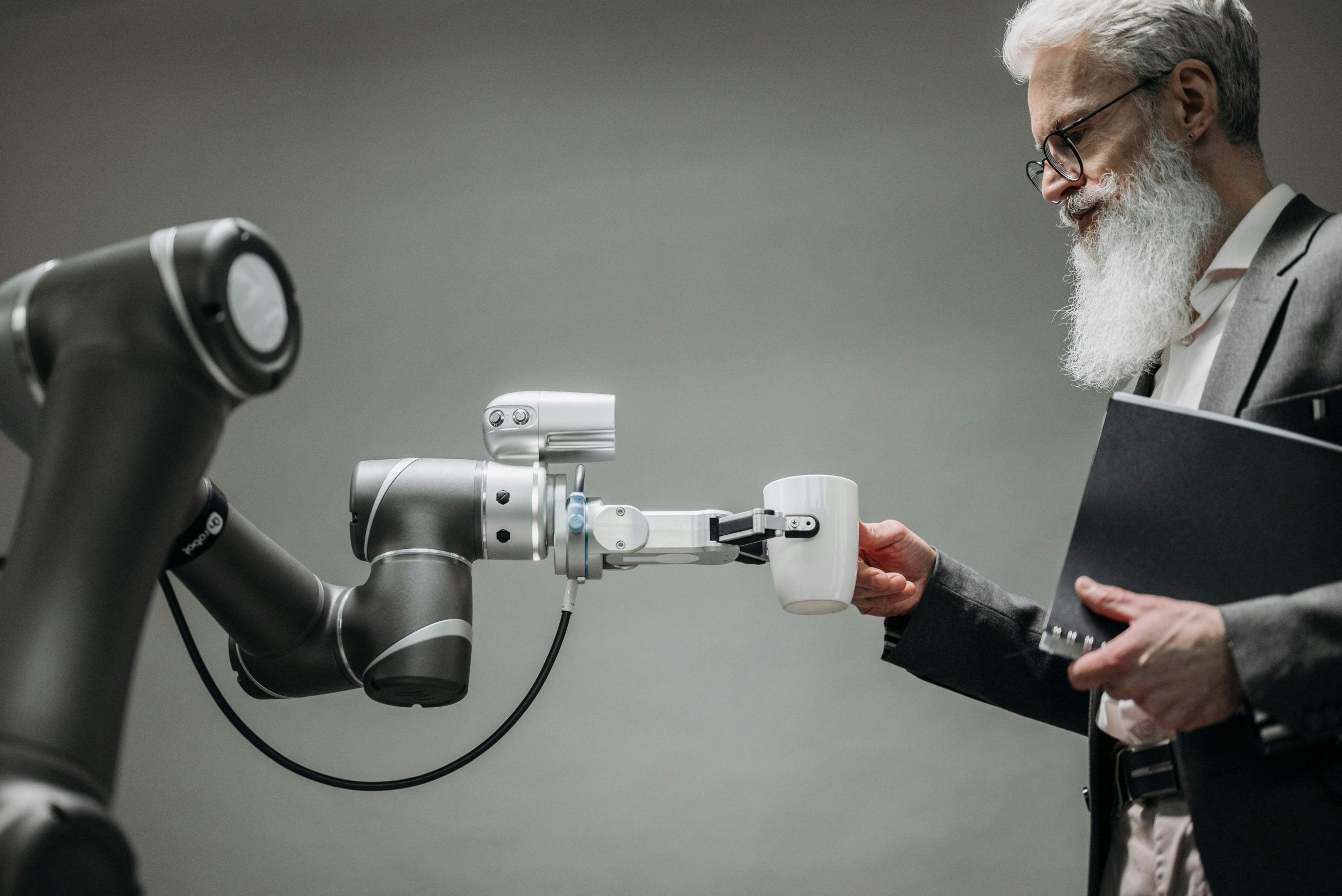The Return on Investment of Artificial Intelligence
The return on investment of artificial intelligence is multifaceted and extends beyond mere financial metrics. While the cost efficiency and operational optimizations are tangible and quantifiable benefits, the enhanced decision-making, personalized customer experiences, revenue growth, and risk mitigation contribute to the holistic value proposition of AI adoption. Innovation that Drives Revenue Growth and Market Expansion … Read more


